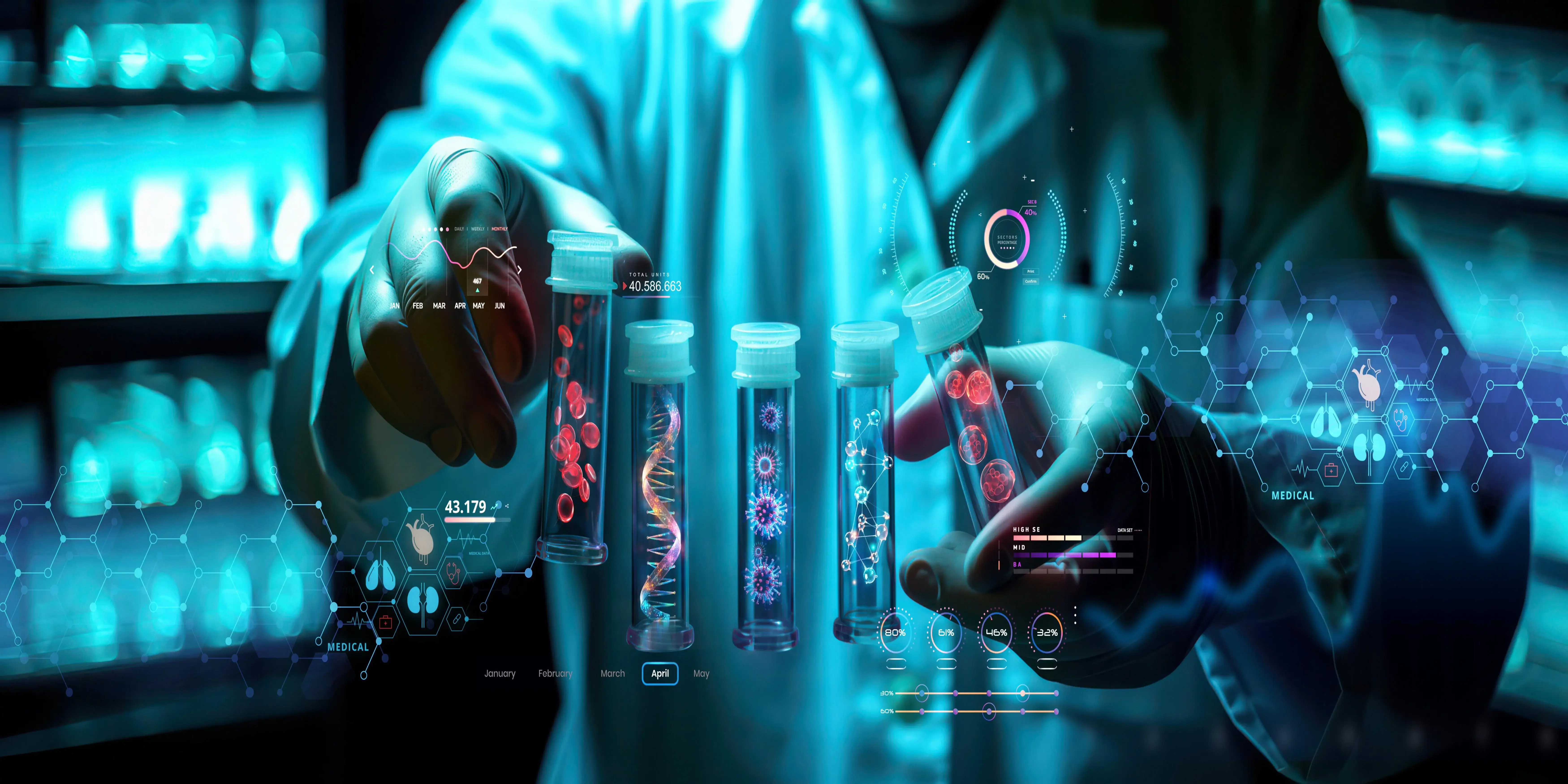Clinical development is one of the most critical stages in the drug or medical device life cycle. Phase The phase must undergo rigid trials as preliminary testing before the products can reach the market. Clinical Development Value According to the author, clinical development has multifaceted value: the importance of clinical development in the pharmaceutical and biotechnology industries; the responsibility of different stakeholders; and regulatory frameworks.
Understanding Clinical Development
Clinical Development What are Clinical Developments
Clinical development involves the testing of newly discovered drugs or treatments in human subjects to determine whether they can be used safely and effectively, their pharmacokinetics, and how they influence the body primarily through the major functions that the body controls. Clinical development usually consists of four phases, namely, Phase I, which is the safety phase, Phase II, referred to as the efficacy phase, Phase III, being the efficacy comparative phase with old drugs, and Phase IV, or post-marketing surveillance.
Why Is Clinical Development Important
In turn, clinical development plays a role in setting the medical and commercial value of new therapies. The evidence developed here shall inform regulatory approval but pave the way for healthcare providers and patients on treatment options. Hence, it is this evidence that influences the landscape of how new drugs are priced and reimbursed.
The Economic Value of Clinical Development
Investments and Returns
The cost of clinical development is extremely high. It is estimated that getting one new drug to market costs up to $2.6 billion in inputs. On the other hand, successful products may record huge sales, sometimes amounting to billions of dollars. Clinical development is therefore considered an opportunistic but extremely risky project.
Cost-Efficiency Through Innovation
Innovative clinical trial designs, such as adaptive trials and real-world evidence studies, are changing the economic landscape in clinical development. Methods, that can actually reduce costs and accelerate patients' access to new therapies by enhancing efficiency and reducing timeframes, abound.
Effect on Healthcare Costs
Successful clinical development will lead to the availability of more effective therapies, with comparatively less usage in hospitals, better patient outcomes, and early disease management. All this guarantees the sustainability of health systems in the long run.
The Scientific Value of Clinical Development
Advancing Medical Knowledge
Clinical studies are a vital source of new information that may be obtained about diseases, and the performance and safety of new investigational products, treatments, or devices. The results would significantly contribute to revising clinical guidelines on patient populations and developing new approaches in personalized medicine.
New Therapeutic Innovation
Therapeutic development allows innovation not only in the therapeutic areas but also pushes for further exploration of new vistas that might evolve in oncology, neurology, and infectious diseases, among others. New mechanisms of drugs, combination therapies, and drug delivery systems will revolutionize the concepts of treatment paradigms in trials.
Building Evidence-Based Medicine
Clinical development contributes to an evidence base - developing through rigorous testing and analysis - that can inform clinical practice. Such evidence is fundamental in making treatment decisions for healthcare professionals and gives patients the best therapeutic options.
Safety and Efficacy
The clinical development process is monitored by regulatory bodies including the FDA and EMA, implementing criteria for both safety and efficacy that the trials should satisfy. Such regulations keep participants safe and involve treatments only if proven to be effective.
Navigating Regulatory Challenges
Whereas regulatory frameworks aim to protect public health, at times they will prove challenging to the clinical development stages by way of delays and increased costs occasioned by complex regulations and approval processes. Thus, there is strategic importance in this kind of application.
Conclusion
It is not only the successful new therapy introduction that raises monetary value, but it also encompasses economic, scientific, regulatory, and ethical dimensions for improvement in public health. The presence of clinical development is crucially important in the pharmaceutical and biotechnology industries, which always strive to deliver safe and effective treatments. These are the challenges and innovations in the design of clinical trials, collaboration among stakeholders, and ethical considerations: This way, the landscape of clinical development will continue to advance and eventually be beneficial for patients and health systems at large globally.



